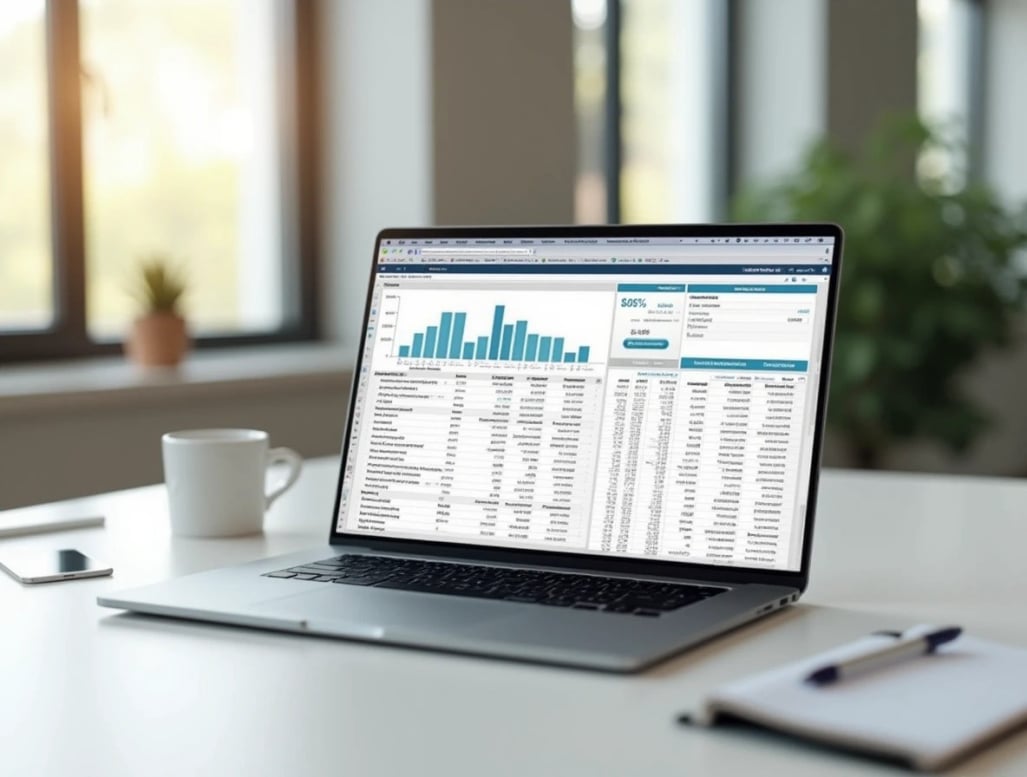Grow with Confidence
At Apex Finance, we provide neutral, structured information for businesses interested in financial modeling and planning. Our materials are designed to offer a clear understanding of growth strategies, without relying on vague concepts or speculative language. We focus on transparent communication through well-organized templates and planning tools. Whether you're reviewing cash projections or outlining future revenue, each element is explained with clarity and logic. This content supports decision-making through information—not persuasion. Readers can explore each resource at their own pace, with no pressure and no promises of outcome.


